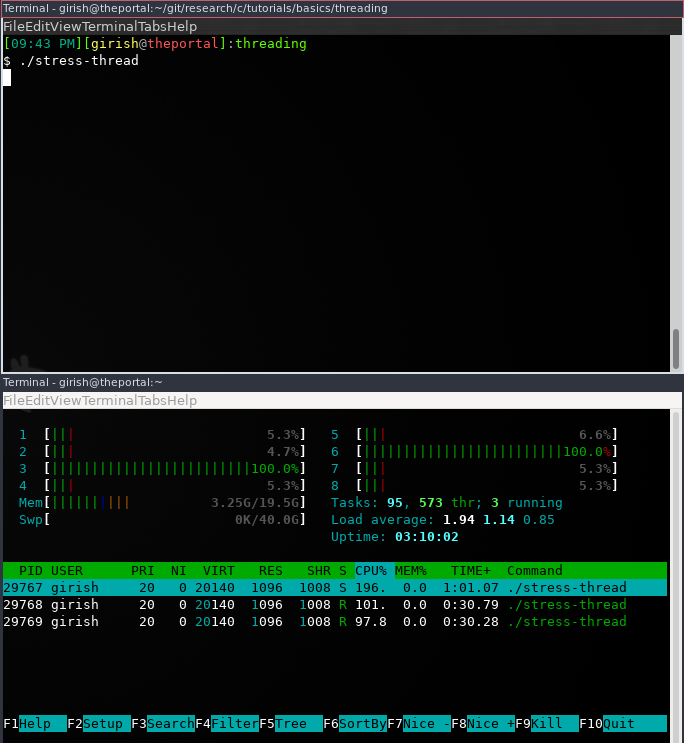

The nice value is still useful today for adjusting process priority. Positive nice values result in lower process priority ( nicer), and negative values-which can be set only by the superuser (root)-result in higher priority. Unix has always provided a nice() system call for adjusting process priority, which sets a nice-ness value. This is perhaps the most common way known to improve application/process CPU usage. How well do you know Linux? Take a quiz and get a badgeĬhanging the priority of the process using a nice command.Linux system administration skills assessment.A guide to installing applications on Linux.Download RHEL 9 at no charge through the Red Hat Developer program.The second benefit of CPU affinity is if multiple threads are accessing the same data, it makes sense to run them all on the same processor-helping us minimize cache misses. The first benefit of CPU affinity is optimizing cache performance. This way, limiting the process/application to one or more CPUs results in more "cache warmth" or "cache hits, " thus increasing overall performance. The second way is to bind the application to one or more CPUs, called “CPU pinning” or “CPU affinity.” Binding the application to a specific CPU or CPUs makes all the threads or child processes related to the application running on defined CPU/CPUs. One way is to use priority tuning using the nice/ renice command. There are multiple ways to get more CPU and make your application work better and run more efficiently. So normally, you're not bothered about which CPU/core your application or process runs, as long as it runs. Modern systems typically have multiple CPUs and cores, which are shared among all running software by the kernel scheduler. CPUs run all applications and it's best if you understand how it works and how you can tune CPU usage to increase the performance of your applications.


 0 kommentar(er)
0 kommentar(er)
